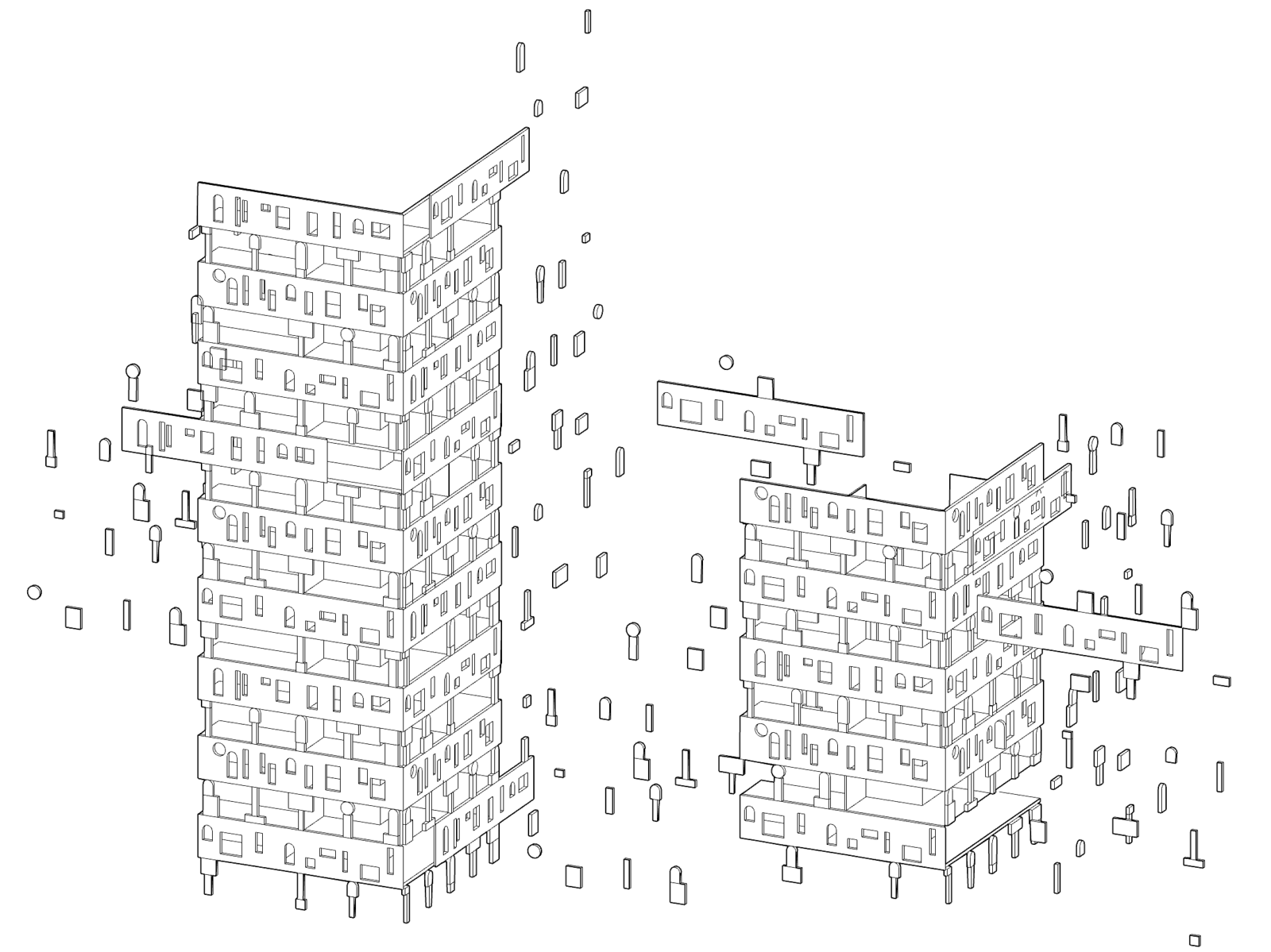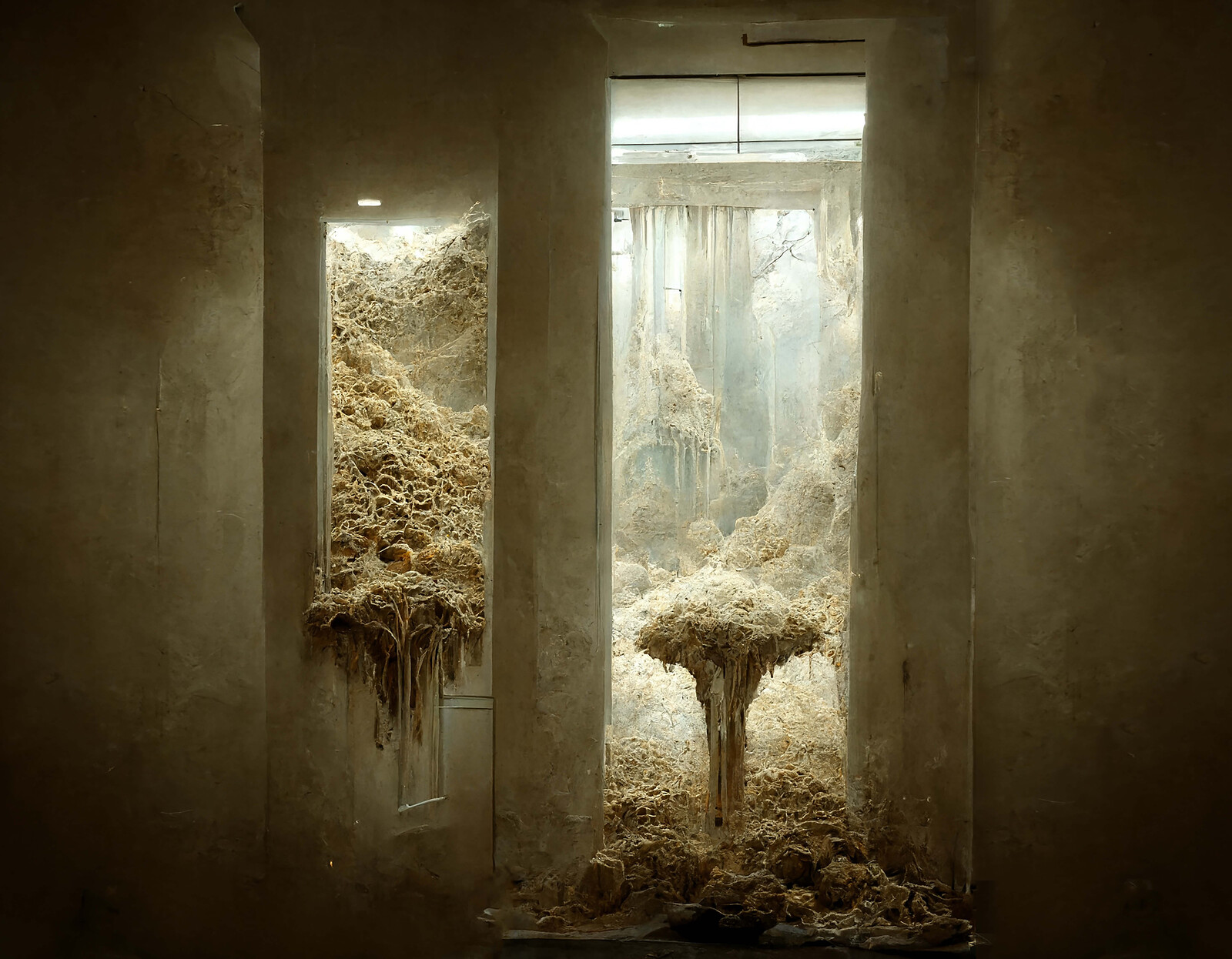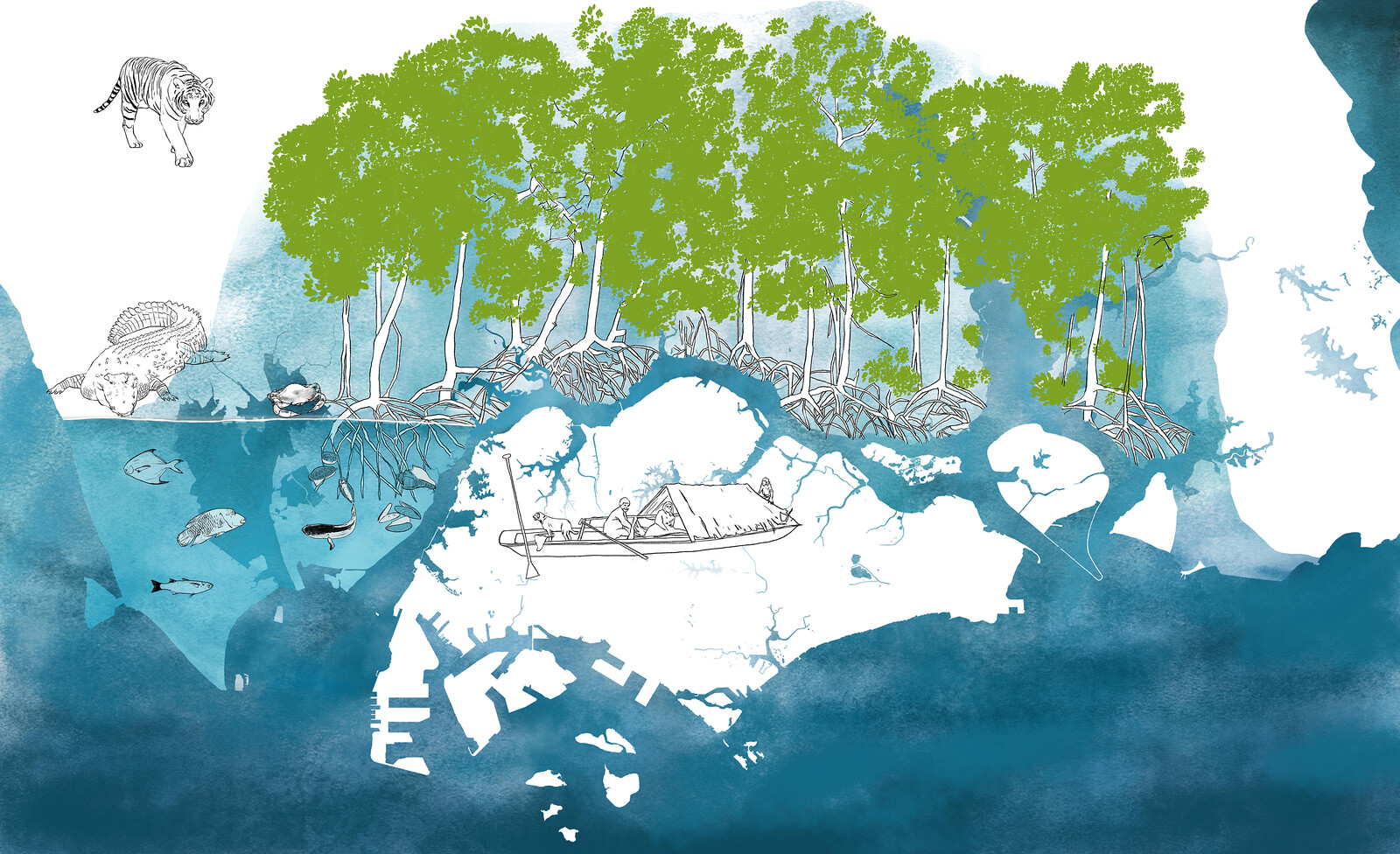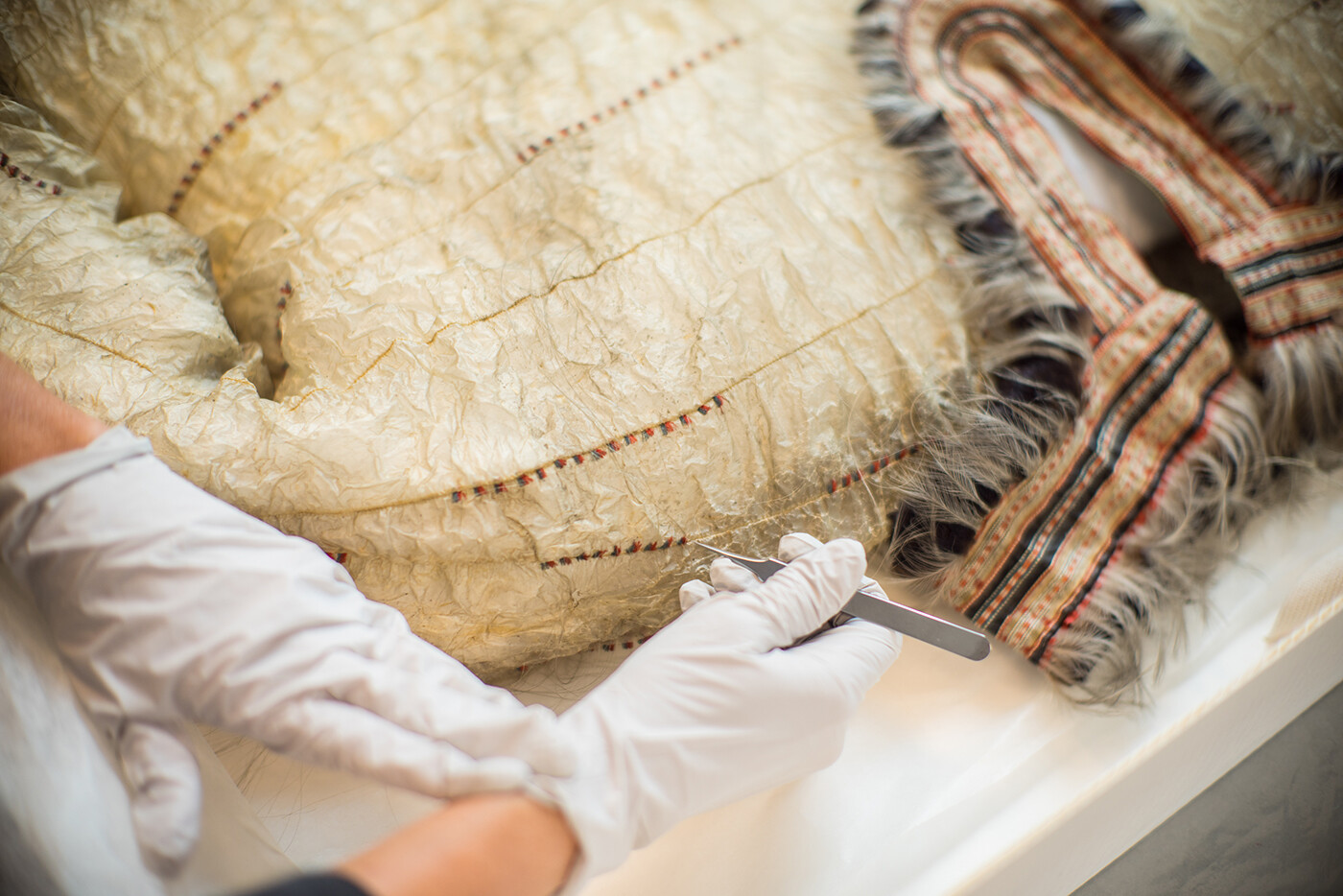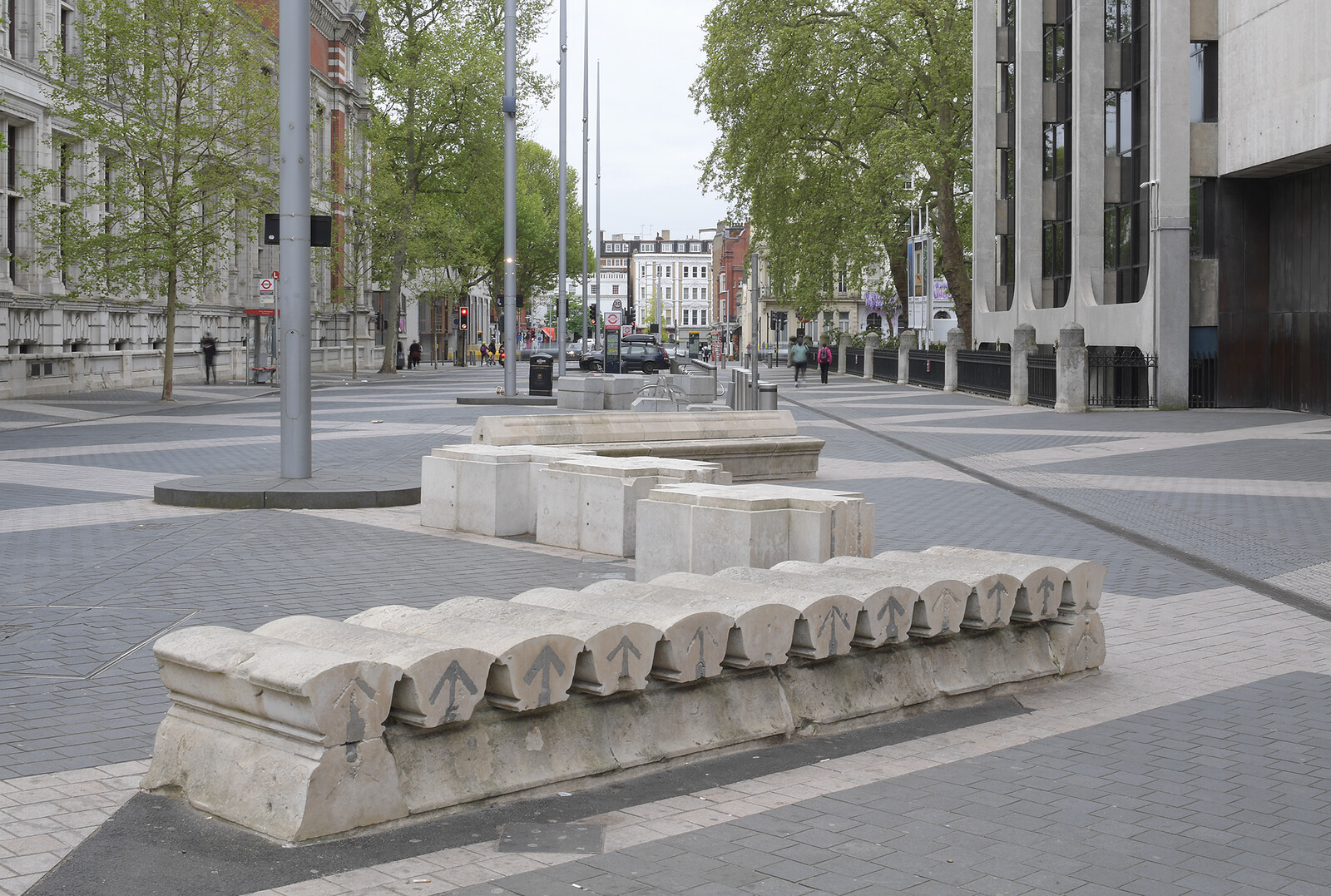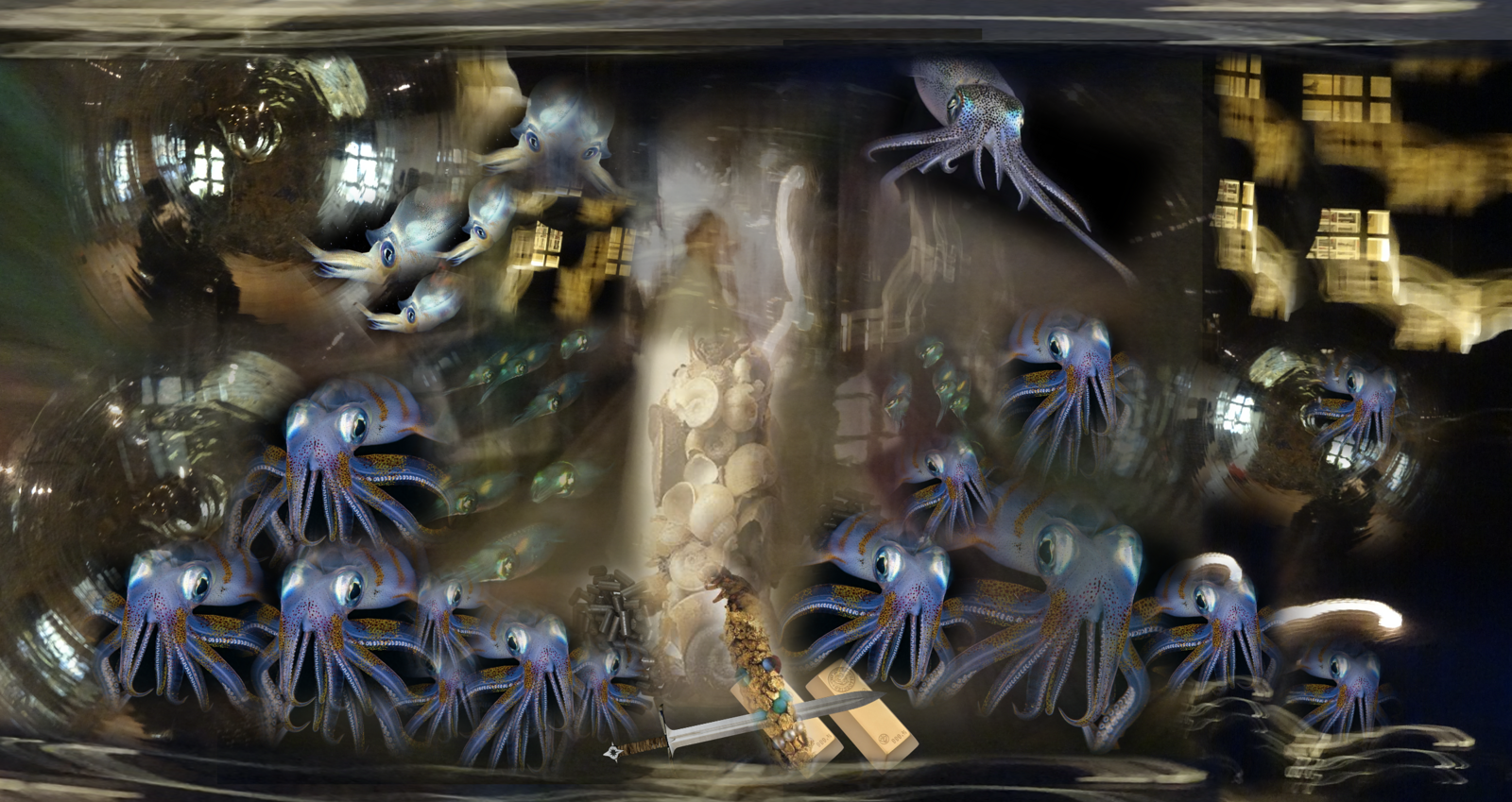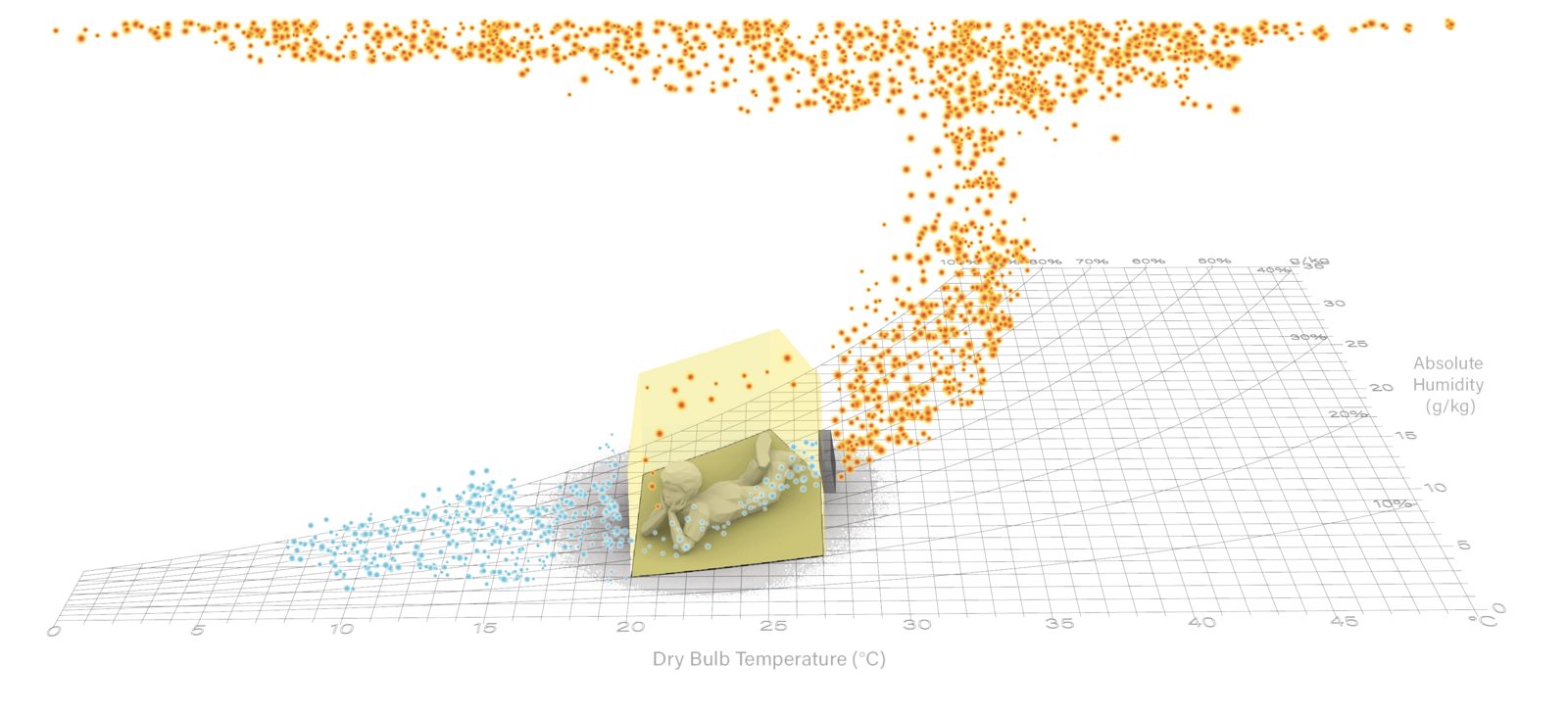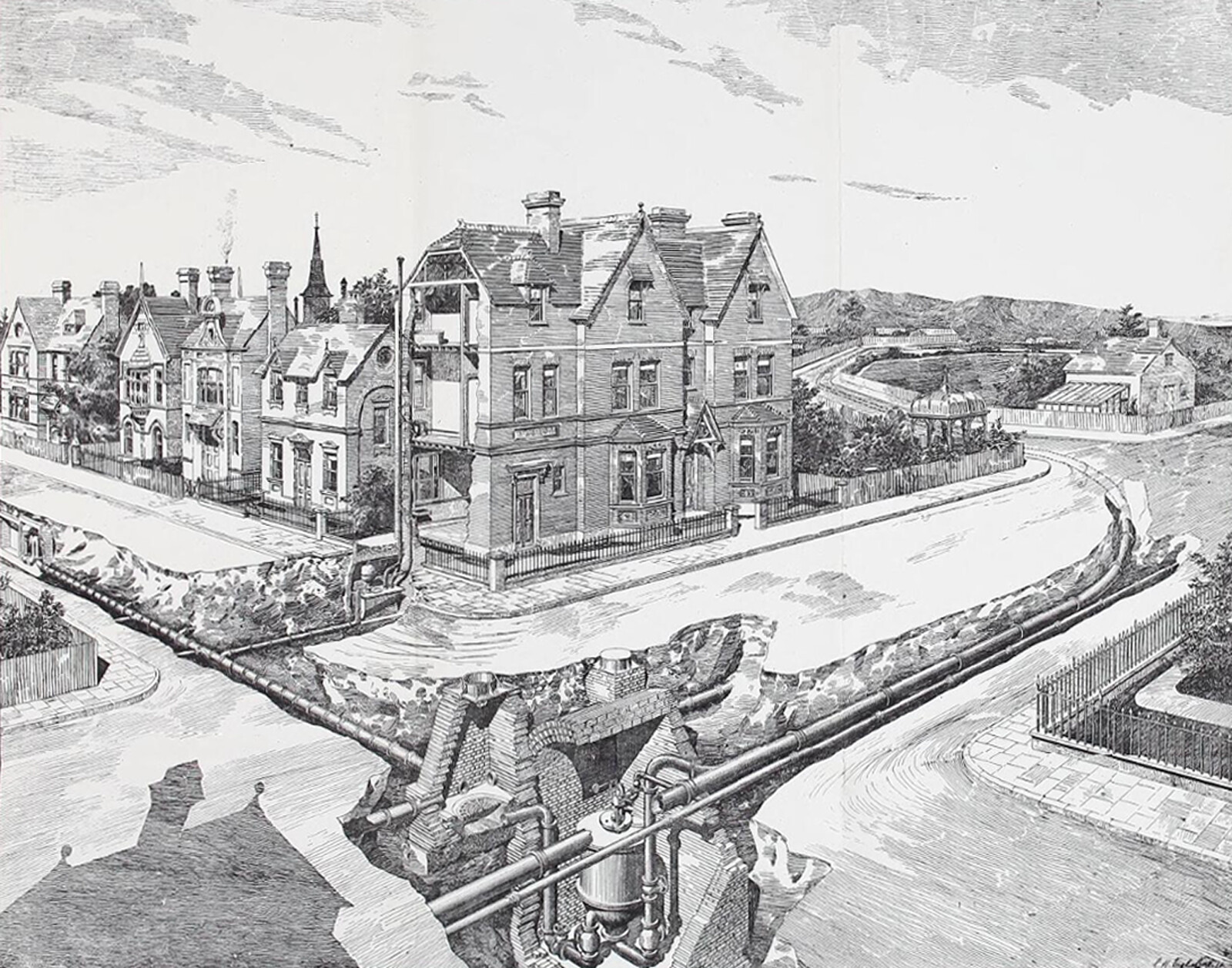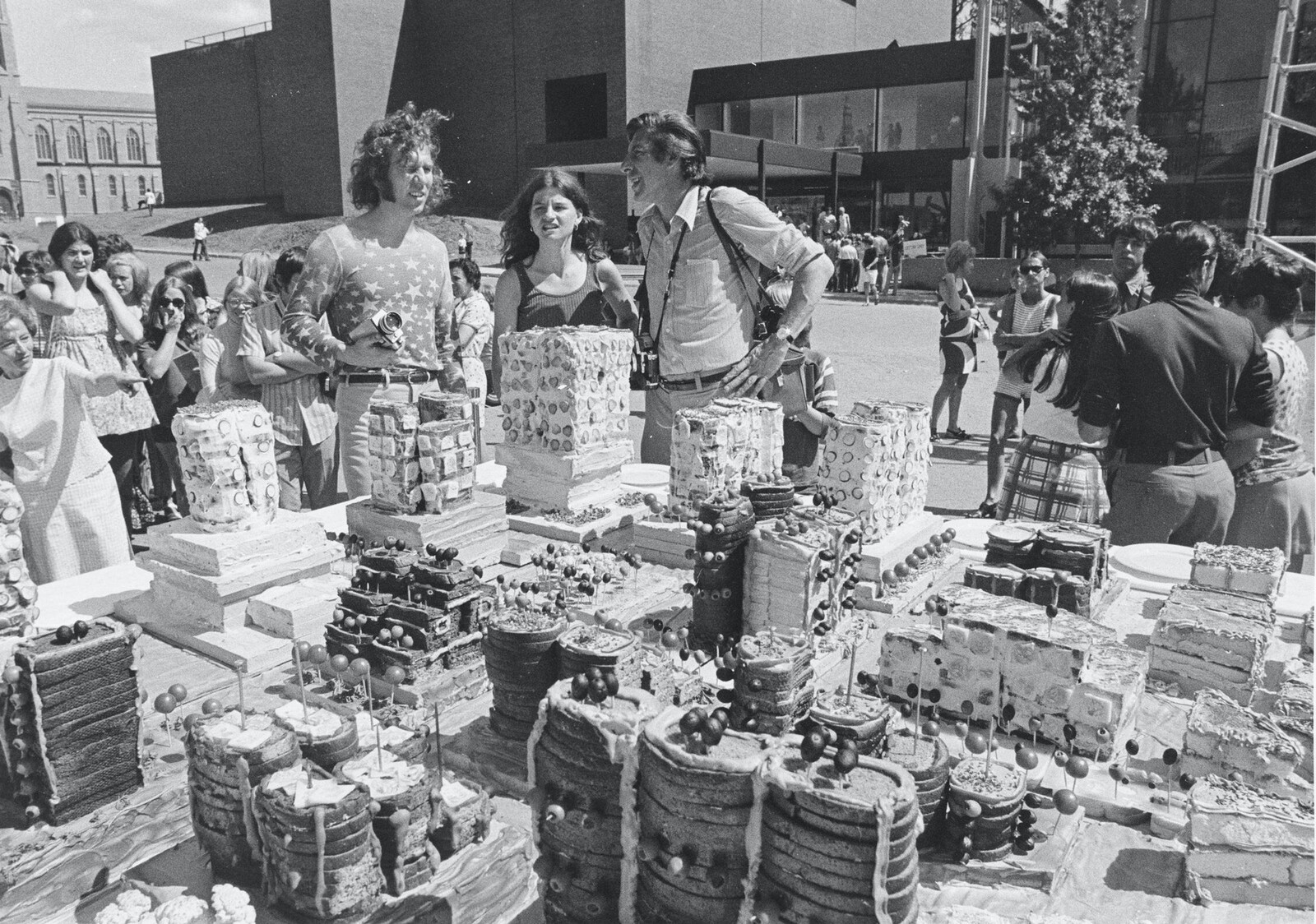Nothing comes from nothing.
—Parmenides (475 BCE)
Early this year, a gold coin collection was unearthed in Hungary depicting the face of Roman Emperor Volusianus, a man who ruled for only two years, making the find very rare.1 Ever since Romans were mining gold, there have been coins and jewelry that, due to their value, were passed down with care or melted and recast. For generations, thousands of tons of gold have been excavated from the Earth each year, adding to the overall pool of gold available for use and circulation by humankind. This accumulation of gold above ground oscillates as a metamorphosing material reservoir that flows through the forms of coins, watches, rings, and bars. But for the first time in human history, gold is leaving the supply. People are burying hundreds of millions of dollars’ worth of gold in landfills each year because it’s easier to dispose of entire smartphones than deconstruct them for the 30mg of gold they each contain inside.2
Like smartphones, entire buildings are also being buried with their valuables inside. The volume of waste produced by building materials far surpasses the volume of all other waste, including food waste, energy waste, water waste, toxic waste, packaging waste, and e-waste. The most recent report by the US Environmental Protection Agency suggests that the volume of building construction and demolition debris dumped in landfills is twice the amount of all other waste combined and six times more than the volume of fresh concrete poured, with 90% coming from demolition alone.3 Amid the IPCC’s call for significant reductions in emissions to avoid the most deadly levels of global warming and biodiversity loss, the United Nations predicts that over the next forty years, the world will most likely continue to build buildings at a rapid pace, the equivalent built area of one New York City every month to be exact. Where should these building materials and energy come from to avoid causing further extinction? Rather than burying buildings and mining for new materials, could we not more rigorously transform what’s already above ground?
Urban mining is the process of recovering materials that are lodged inside an already standing anthropic mass. Seeing material forms as resources rather than landfill waste can prevent mineral matter from being inefficiently re-buried. Recovering materials through mechanical and chemical processes is an urgently needed form of infrastructure. To utilize above-ground building materials in this way, new economies and technology are needed to make the above-ground stock legible and deployable. Similar to geologists and foresters who help locate mines or plan tree farms, as well as tracking their changes over time, there will soon arise experts who can read the landscape of above-ground building materials and navigate the data to utilize it for anthropological and ecological gain. Detailed knowledge about embedded materials in buildings, their characteristics and chemistry, are crucial for accessing this gold mine above ground.
Is waste new?
Warnings of over-exploitation are as old as human societies. In the Torres Strait, for instance, the people of Erub share a collective memory of “before time people”—of ancestors who failed to respect a balanced relationship with resources by overfishing. Time itself is said to have started after the people of Erub instituted an agreement on the limits of their consumption.4 People have long written about possible “tipping points” in relation to the balance between rates of population growth and the consumption of resources that were viewed as finite. Throughout the Enlightenment and Industrial era, philosophers wrote about a time when technology will no longer be able to extend the lifespan and value of materials, or a time when the volume of waste will surpass any technological ability to mitigate its destructive effects. The German scientist Justus von Liebig, for example, studied the connections between food production and urbanization in the mid-nineteenth century.5 Liebig explored the need to balance the soil fertility, agricultural technology, and the rate of nutrient intake in bodies of citizens to support a cycle between them. He viewed these topics as potent parameters for designing a stable society, with levers that can be calculated and determined as things change.
It was from Liebig that Karl Marx absorbed the term “metabolism,” first using it to describe the movement of goods from use to exchange to final consumption, a previously invisible flow.6 Metabolism became a popular phrase during this time, framing a systemic interconnection among bodies and the biotic and abiotic environments around them, both visible and invisible. One of the significant lessons that Marx drew from Liebig was that capitalism, and therefore capitalist ways of life, inevitably deplete.7 Soil constantly needs nutrients to sustain or increase its yield, but the natural cycle of nutrients was broken by urbanization. “Capitalist production collects the population together in great centers… [I]t disturbs the metabolic interaction between man and earth, i.e. it prevents the return to the soil of its constituent elements in the form of food and clothing; hence it hinders the operation of the eternal natural condition for the lasting fertility of the soil.”8
Urbanization, according to Marx, is the cause for our species’ “metabolic rift.” Eventually it was the state, government, or monarchy (a “body” with a longer lifespan that individual bodies) that became the authority on the city’s circulation of nutrients, guaranteeing a balanced exchange between the working landscape and the specifically-scaled urban core. Building wealth and improving life in cities required the stability and predictability of resources, which in turn required constant expansion, land use policies, and the policing of resources. Nature was abstracted into commodities, and humans were abstracted as units of energy. The story of the metabolic rift is one that continually exploits a frontier to prevent local depletion. Because of metabolic rift and urbanization’s wake of waste, resources are constantly having to be made through intelligent, sometimes violent, technological efficiency—not found. Resources like food, water, and information flow by design. Shelter is no different.
Is efficiency a good thing?
Since the early days of the Roman Empire, the gold of the defeated was incorporated by the Romans after each conquest. Each time Rome engaged in battle, its supply of gold, land, and subjects increased. In other words, each newly captured territory paid for its own conquest in gold. The efficiency with which Rome captured territory resulted in more raids, not less. In his 1866 book The Coal Question, William Stanley Jevons identified this as a paradox of ecological economics.9 Similar to Roman conquest, as the efficiency of industrial coal use was improved, more goods could be produced per unit of coal, and coal consumption increased. Efficiency results in more consumption, not less.
Efficiency is not necessarily damaging, but relative to the effort at hand. Masonry walls, timber beams, and concrete slabs can all be mined and deconstructed instead of demolished and re-buried. Making this process efficient would reduce landfill waste and natural resource extraction. Urban mining requires breaking down building parts into smaller useful fragments or materials, something that is highly inefficient today. For example, pulling steel nails from dimensional lumber rarely happens because the value of both materials is so low that it’s easier to throw them away than to separate and reuse them. But as the cost of climate change disincentivizes material processes with high global warming potential, urban mining will lead to an increased consumption of above-ground materials, as opposed to below. An economy of mechanical and chemical sorting and separating processes for metal, stone, glass, ceramics, and timber will eventually make assemblies, pieces, parts, and particles retain their value for longer. A smoother, more effortless transformation of above-ground matter would tip the scales in the planet’s favor.
Are there urban miners today?
In Europe, the Buildings as Material Banks (BAMB) movement is emerging as a way to prevent the reburying of above-ground materials.10 It’s not yet efficient, but includes experts across industries, from manufacturing, design, and deconstruction who are collaborating on the design of its methodology. They are expanding the ethos of “cradle to cradle” and circular economies to introduce new top-down design standards that call for a significant improvement of the performance of material assemblies. Performance, as measured by BAMB, is a building’s ability to be either disassembled with its constituent materials, sorted, and sold as raw matter, or deconstructed, moved, and reconstructed in a new location.
Without standards such as those being proposed by BAMB, the best version of recycling in the building industry today is uncoordinated cascading, the upcycling or downcycling of materials. Materials are rarely upcycled, a process that increases their value, like an expensive floor made from reclaimed barn timbers. More commonly materials are downcycled, decreasing their value, like putting wood in a woodchipper to sell it as sawdust. BAMB is relying on the power of carbon markets and municipal net-zero goals to gradually increase the profitability and efficiency of “circular” forms. As products become more intelligent and anticipate the possibility of future dismantling and re-forming, BAMB predicts that their value will increase. BAMB believers emphasize “reversible design,” which suggests that building elements like walls, floors, columns, beams, windows, and doors should be assembled in a way that can be efficiently reused without losing value. When will civilization not need walls, floors, columns, beams, windows, and doors? What has yet to be established is the way the above-ground reservoir of materials is documented, made accessible, and made aesthetic. Its projective futures need to be imagined.
To answer the need for new construction, more meaningful and flexible architectures are needed, not new materials. Architecture is essential to realizing an efficient and beautiful exchange of materials. The field should be locating its agency in elegantly sourced matter from the above-ground reservoir, and making this transformation visible or even occupiable. A legible reconstitution of matter, its projective re-casting, and the way we anticipate an assembly’s lifespan will carry immense value in a warming world. Anticipatory architecture is generous to the next generation. It uses technology, chemistry, and mechanical processes with renewable energy or photosynthesis to break down matter and build up new building elements that allow for future assemblies to be possible. Imagine the built environment as a very slow-moving river of matter. Particles of plastic, sand, granite, iron, and lignin are paused, in the form of a building for now, but will eventually take another. An efficient reversible design tradition can give way to a future civilization that densifies and forages, metamorphosizes and transforms. It attempts to extend the life of building elements, and treats the raw material of alloys and resins as precious resources. To be more explicitly reversible, the things that buildings are made of need more explicit embodied futures. Like gold, multi-generational architectural forms might be inherited or re-cast.
Beyond above-ground minerals, there are above-ground plant-based materials too. Plant-based materials including timber, bio-based adhesives, and wood fiber insulation can have a much shorter lifespan than mineral-based materials, but they are renewed on a much faster cycle than minerals. As the global population grows and its built area increases, keeping the volume of mineral-based materials above ground the same requires the volume of plant-based materials to increase. Plant-based forms have a unique power: they intimately enmesh the city with landscapes in a way that is beneficial for both. Those living inside plant-based buildings, those working along the supply chain for plant-based materials, and organisms living inside forests can experience improved health. For example, the cultivation of plant-based materials has the potential to significantly reduce the carbon emissions and pollution caused by manufacturing mineral-based materials.11 For occupants, wood has been shown to reduce stress and perform as a naturally antibacterial surface.12 In the future, when an entire city is made from locally-sourced plant-based reversible design, cultivated in the urban fringe landscape, the infrastructural economics of cultivation could supplant the speculative economics of converting land into property. Furthermore, as forests achieve new levels of legal standing, and in some countries even personhood, designing with plant-based materials will entail new types of agreements and negotiations with forests and people who speak for them.
Designing with time in mind
Urban mining and reversible design re-casts society as part of nature, with limits in its consumption and re-forming of matter to resist the creation of waste. The circulation of nutrients between rural places, forests, deserts, and cities should engage both the biotic and abiotic above-ground. Buildings in the future will be made from materials that have parameters of renewability and reusability on timescales that humans can anticipate, document, measure, and predict. In an effort to make non-extractive methodologies more efficient, architecture and the built environment must be significantly re-documented and envisioned. The Jevons Paradox has long been associated with depletion, but it could just as easily be used to describe circularity. Gold wasn’t always above ground and the Romans weren’t always conquerors. There was a first step that grew into many, and in its pooling, introduced efficiency over time. We may not have 500 years to establish a new paradigm, but we can urgently aim resources towards seeing forms not as waste but as resources, and that if practiced again and again, would eventually improve life.
Addrew Shawn, “Rare Gold Coin Found In Hungary Shows Assassinated Roman Emperor,” Verve Times, February 28, 2022, ➝.
United Nations University, “Global E-Waste Surging: Up 21% in 5 Years,” July 2, 2020, ➝.
US Environmental Protection Agency, Construction and Demolition Debris: Material-Specific Data, 2018, ➝.
Colin Scott and Monica Mulrennan, “Connection to Land and Sea at Erub, Torres Strait,” Common Property Conference (1998), ➝.
Paul Warde, The Invention of Sustainability, (Cambridge; New York: Cambridge University Press, 2018), 306.
Manuel Gonzalez de Molina and Victor M Toledo, The Social Metabolism. A Socio-Ecological Theory of Historical Change (Cham: Springer, 2014), cited by Warde, 337.
Warde, 337.
Karl Marx, Capital: Volume I (London: Penguin; New Left Review, 1990), 637.
Blake Alcott, Mario Giampietro, Kozo Mayumi, and John Polimeni, The Jevons Paradox and the Myth of Resource Efficiency Improvements (London: Routledge, 2007).
“Enabling a Circular Building Industry,” Buildings as Material Banks, 2020, ➝.
Shaobo Liang, Hongmei Gu, Richard Bergman, and Stephen S. Kelley, “Comparative life-cycle assessment of a mass timber building and concrete alternative,” Wood and Fiber Science 52, no. 2 (2020): 217–229.
Yoshifumi Miyazaki, Harumi Ikei, Chorong Song, “Forest Medicine Resaerch in Japan,” Nihon Eiseigaku Zasshi 69, no. 2 (2014): 122–135. Tiina Vainio-Kaila, Aino Kyyhkynen, Lauri Rautkari, and Anja Siitonen, “Antibacterial Effects of Extracts of Pinus sylvestris and Picea abies against Staphylococcus aureus, Enterococcus faecalis, Escherichia coli, and Streptococcus pneumoniae,” BioResources 10, no. 4 (2015): 7763–7771.
Digestion is a collaboration between e-flux Architecture and the 2022 Tallinn Architecture Biennale, supported by the Institute for Advanced Architecture of Catalonia (IAAC), the Estonian Museum of Architecture, and Friendship Products.
